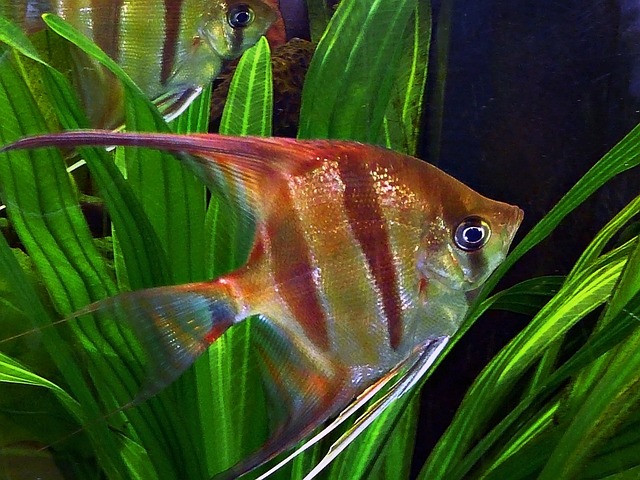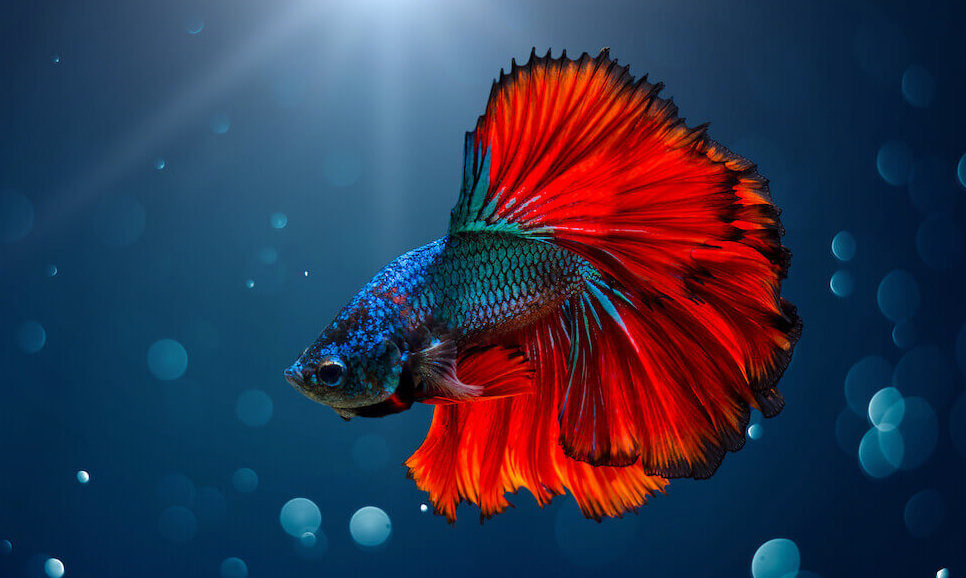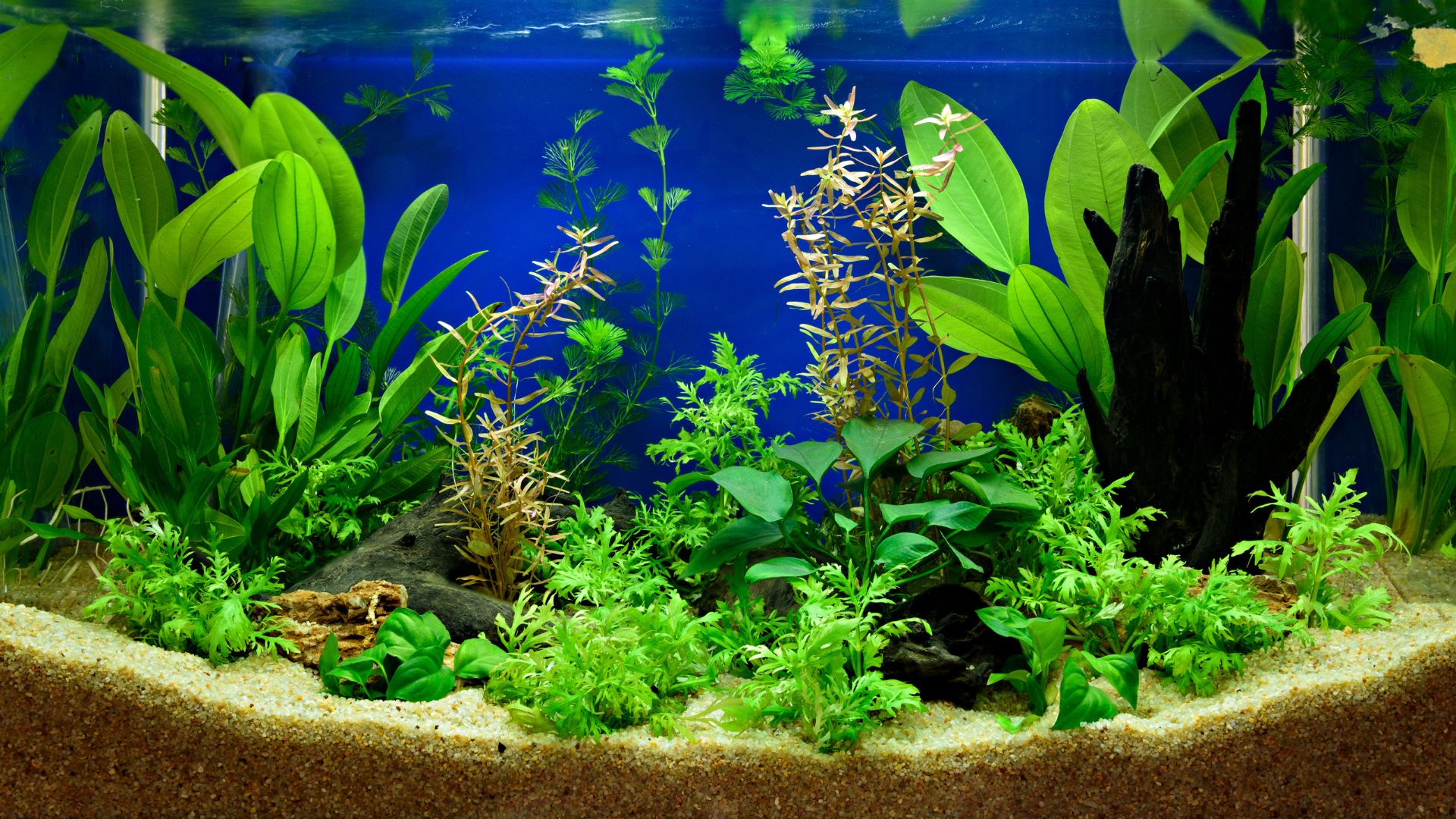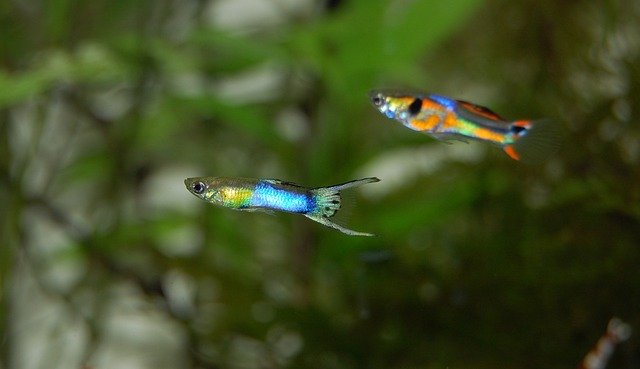Angelfish are a popular choice for aquarium enthusiasts. They are known for their striking appearance and graceful movements. However, many wonder if keeping angelfish in a 20-gallon tank is possible.
The answer is not a simple yes or no. While it is technically possible to keep angelfish in a 20-gallon tank, it is not recommended.
Angelfish are known to grow up to 6 inches in length and require a lot of swimming space. A 20-gallon tank would be too small to provide adequate swimming space for angelfish.
Additionally, angelfish produce a lot of waste, which can quickly lead to poor water quality in a small tank.
In order to provide a healthy and comfortable environment for angelfish, keeping them in a tank that is at least 30 gallons in size is recommended.
This will provide enough swimming space and allow proper filtration to maintain good water quality. It is essential to always consider the needs of the fish before deciding on the size of the tank.
Suitability of a 20 Gallon Tank
A 20-gallon tank is a popular choice among beginner fish keepers, but is it suitable for angelfish?
The answer is no. Angelfish requires a minimum of 30 gallons of water to thrive.
While they are small when young, they increase and can reach up to 6 inches in height and 8 inches in length.
A 20-gallon tank is too small to provide them with the space they need to swim around and grow.
In addition to their size, angelfish are known for their territorial behavior.
They need plenty of room to establish their territory and to avoid conflicts with other fish in the tank. A 20-gallon tank cannot provide enough space for multiple angelfish to coexist peacefully.
Furthermore, angelfish are sensitive to changes in water quality and require a stable environment to stay healthy. A 20-gallon tank can quickly become overcrowded and polluted, leading to stress and disease in the fish.
In conclusion, a 20-gallon tank is not suitable for angelfish. Fish keepers interested in keeping angelfish should invest in a larger tank to provide them with the space and environment they need to thrive.
Requirements for Angelfish
Size of Angelfish
Angelfish can grow up to 6 inches long and require a minimum of 20 gallons of water per fish. It is important to note that angelfish are tall fish and need a tank with a height of at least 18 inches to accommodate their fins.
A 20-gallon tank can accommodate a pair of angelfish, but keeping more than two in a tank of this size is not recommended.
Water Parameters
Angelfish require specific water parameters to thrive. The ideal temperature range for angelfish is between 76°F and 82°F, and the pH level should be between 6.8 and 7.8.
Maintaining the water quality by performing regular water changes and monitoring the ammonia, nitrite, and nitrate levels is essential.
Angelfish are sensitive to changes in water parameters, so it is crucial to keep the water conditions stable.
Aquarium Decor
Angelfish are naturally found in the Amazon River, so they prefer a planted tank with driftwood and rocks to mimic their natural environment.
The plants will provide hiding places for the fish and help maintain the water quality by absorbing excess nutrients.
It is essential to provide a variety of hiding places for the fish as they can be territorial and may become aggressive towards other fish in the tank.
| Tank Size (Gallons) | Recommended Number of Angelfish |
|---|---|
| 10 | 1-2 |
| 20 | 2-4 |
| 30 | 3-5 |
| 40 | 4-6 |
| 50 | 5-8 |
| 75 | 8-12 |
| 100 | 12-16 |
| 125 | 16-20 |
| 150 | 20-25 |
| 200 | 25-30 |
It’s important to note that these are just general guidelines, and the amount of angelfish that can be kept in a tank depends on factors such as the size of the fish, the filtration system, and the overall health of the fish.
In conclusion, angelfish require a minimum of 20 gallons of water per fish, specific water parameters, and a planted tank with hiding places to thrive. It is essential to maintain the water quality and keep the conditions stable to ensure the health and well-being of the fish.




